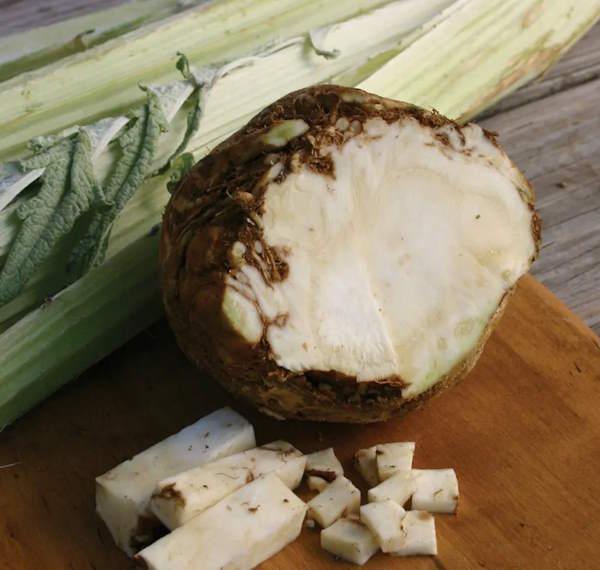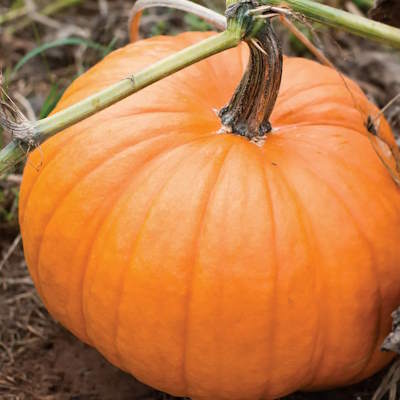7 of the best vegetables to plant in April, with sowing tips from an experienced grower for bumper harvests
From broccoli to zucchini, April is a fantastic time to plant a wide range of vegetables
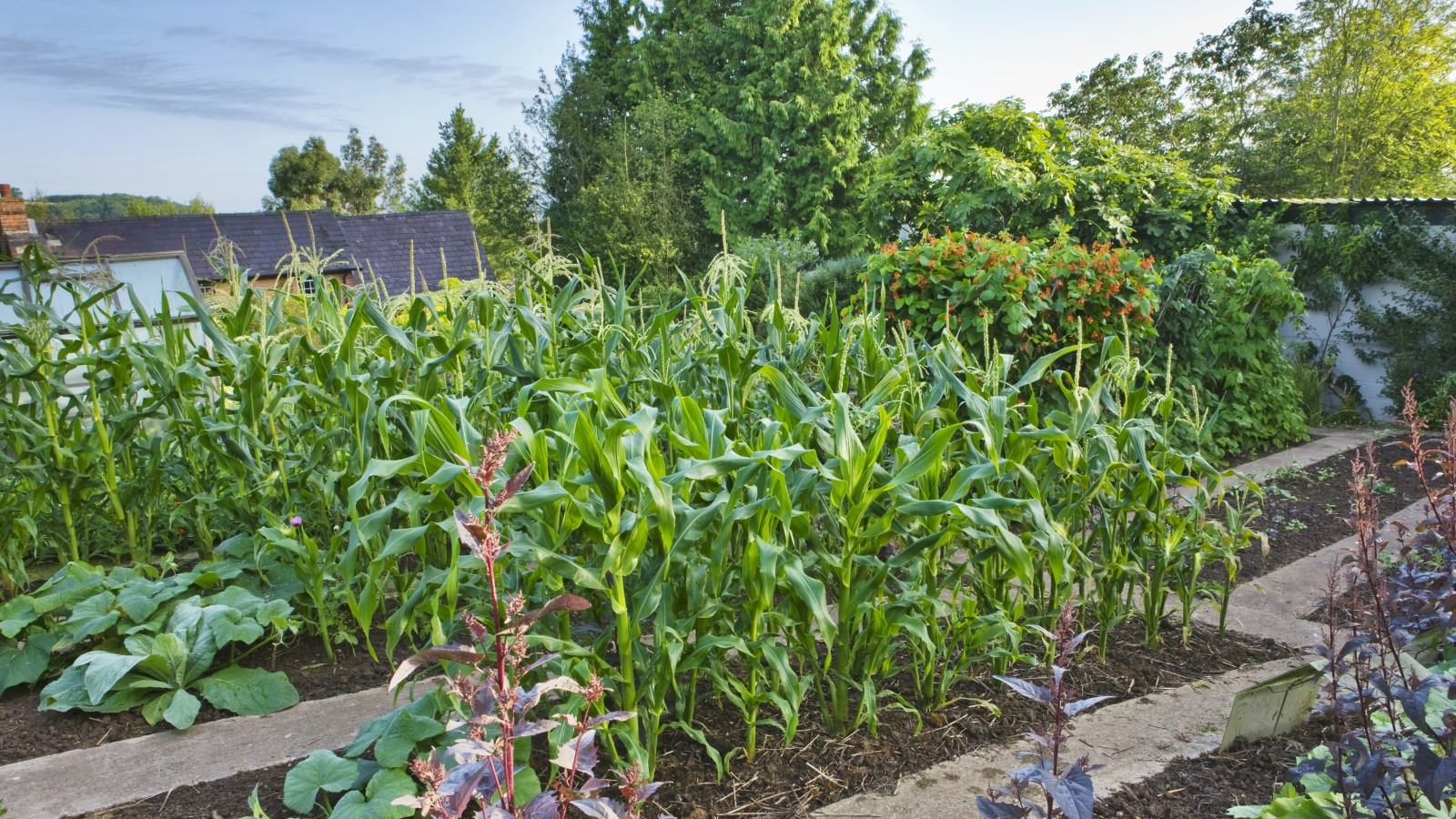
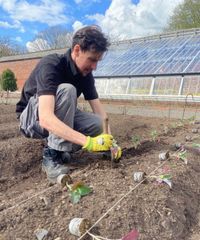
If you dream of abundant and diverse homegrown harvests in the year ahead, April is a great time to set the wheels in motion. That is because there is a wide-ranging variety of vegetables to plant in April for thriving gardens and bumper crops in summer and beyond.
I have grown vegetables for over a decade now, both in vegetable gardens at home and professionally in kitchen gardens where I grew crops in public gardens and for high-end restaurants. April is always a month for sowing a plethora of vegetables indoors, so plants are ready to go outside when the temperatures rise. Plus, there are opportunities to plant vegetables outdoors this month - but that comes with added risks.
To help you decide what to plant in April for your vegetable garden, I have picked some of the best crops to plant this month and given sowing tips to help you have good germination and healthy plants.
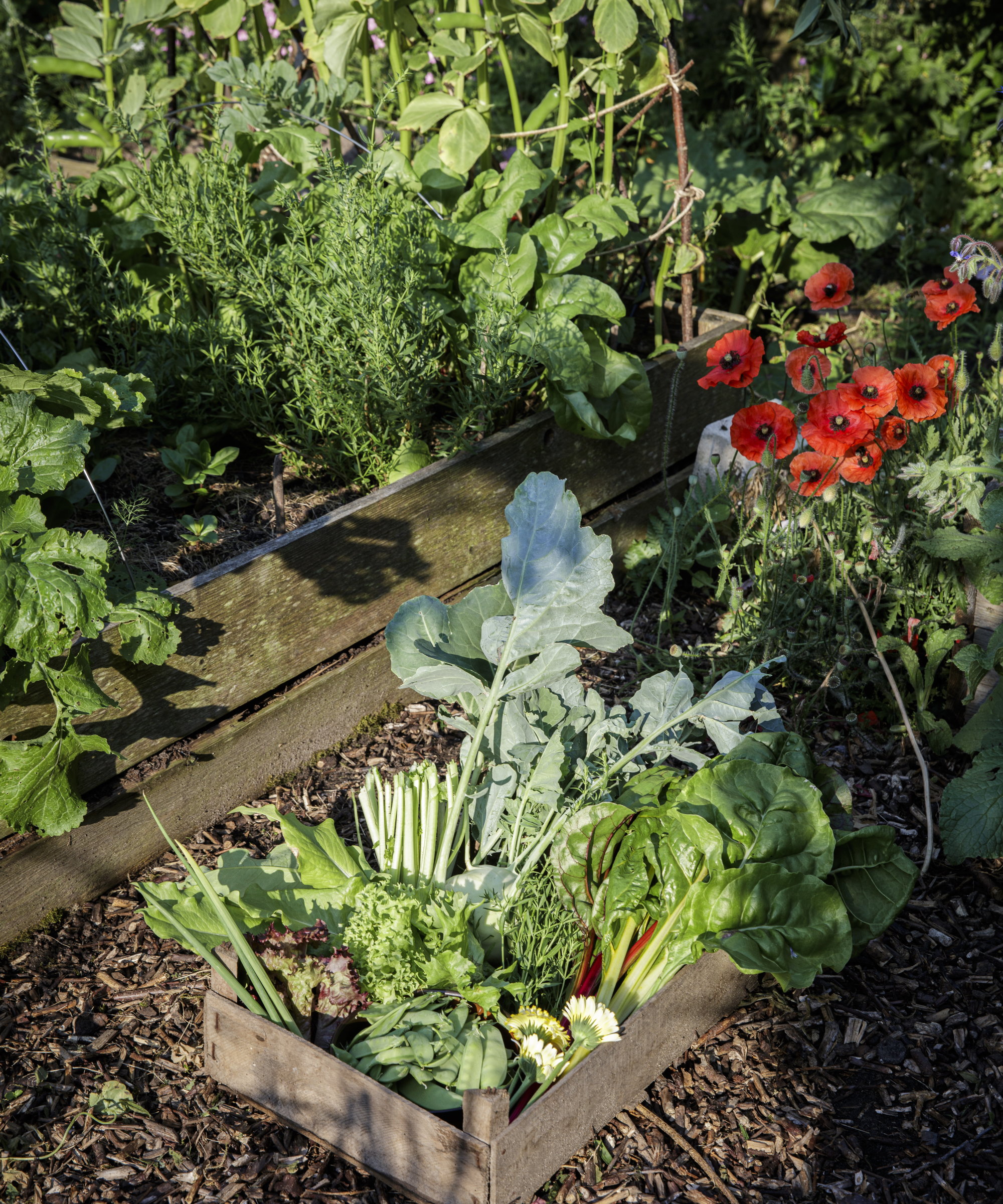
What vegetables can you plant in April?
All the vegetables you can plant in March are also suitable for sowing in April, such as beans, beets, carrots, chard, lettuce, peas, and radishes. On top of those fantastic crops, here are seven of the best vegetables to plant in April for a bountiful summer of homegrown harvests.
1. Broccoli
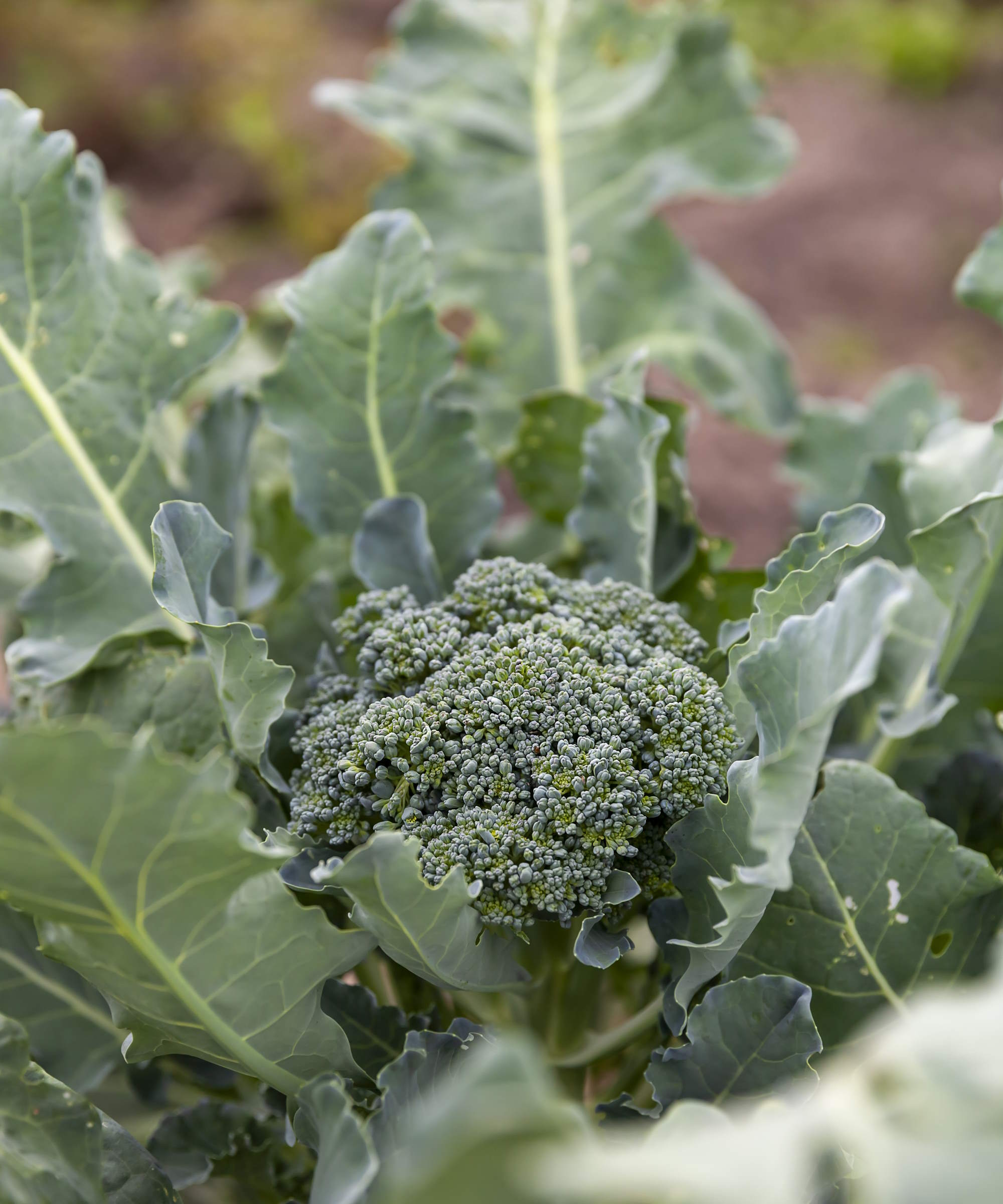
Broccoli and other brassicas can be highly nutritious crops to start indoors in April for tasty and healthy harvests from the vegetable garden throughout the summer.
Plant broccoli seeds indoors in large modules or small pots. Brassica seedlings quickly develop roots that can get tangled in trays. Sow two seeds per module or pot and thin to leave the one strongest seedling.
If you live in a warmer climate with no frosts this month, you can sow seeds outdoors, but you will run the risk of slugs or snails nibbling seedlings. Cover young plants with a garden cloche or use slug control measures like jagged materials or beer traps to keep them away.
Design expertise in your inbox – from inspiring decorating ideas and beautiful celebrity homes to practical gardening advice and shopping round-ups.
Other brassicas that can be started indoors this month in a greenhouse or bright windowsill include cauliflower, cabbage, kale, and Brussels sprouts.
2. Celeriac

I have always enjoyed growing celeriac, but it can be tricky with a long growing season. As celeriac needs at least six months to mature, it is advisable to sow seeds indoors in early spring - if you have not sown celeriac yet, the window is closing, so do it early in April.
Sow the seeds into trays or modules and cover with a fine layer of compost or vermiculite. Do not bury them too deep, because the tiny seeds need light. The seeds can be difficult to germinate and require temperatures of 60-70°F in a greenhouse, a propagator, or on a bright windowsill.
Pot them up once they get their first true leaves, and transplant seedlings outdoors once the risk of frost has passed. The young plants don’t like the cold, so don’t rush to get them outdoors until the temperatures rise. Plant somewhere warm, keep well-watered and weed-free, and expect to harvest celeriac come fall.
3. Corn
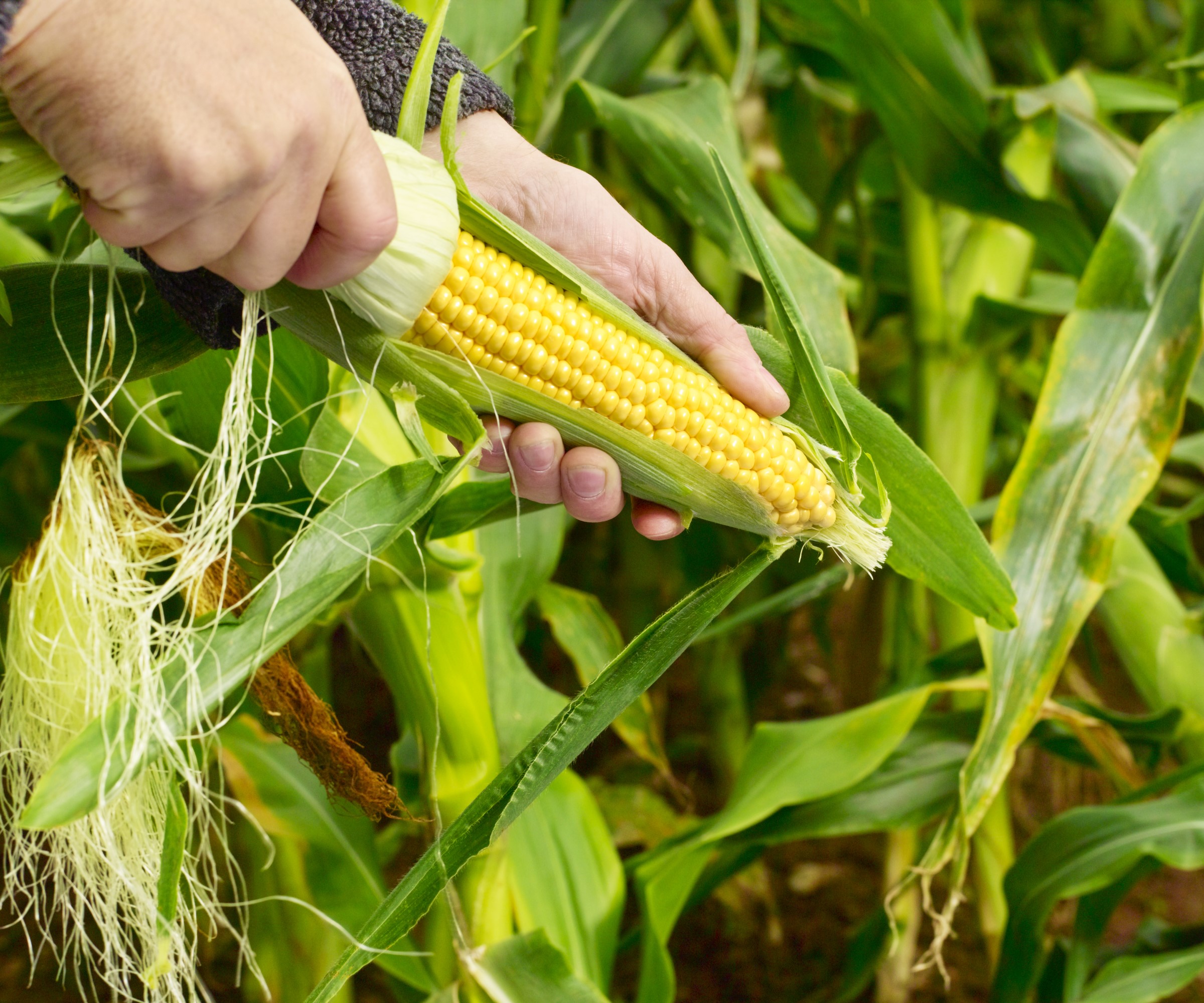
Homegrown sweet and juicy corn cobs are an absolute treat to harvest. There are many types of corn to grow in different flavors and colors, while you can also opt to grow popcorn.
Corn seeds struggle to germinate at soil temperatures below 55°F, so sowing indoors offers a great chance to get ahead. The ideal time to plant corn is around two weeks before your last frost, which, depending on your location, ranges from early April to late May.
Sow corn seeds into modules or individual pots, putting only one seed in, as tap roots can intertwine and get damaged when more than one germinates. Give plants temperatures about 65°F in a greenhouse or on a sunny windowsill, and plant outside after the frosts.
Don’t be tempted to sow too early, as corn plants can get stunted if they sit too long in pots waiting to go outside.
Discover the range of corn seeds at Amazon
Discover the range of corn seeds at Walmart
Discover the range of corn seeds at True Leaf Market
Discover the range of corn seeds at Burpee
4. Cucumber
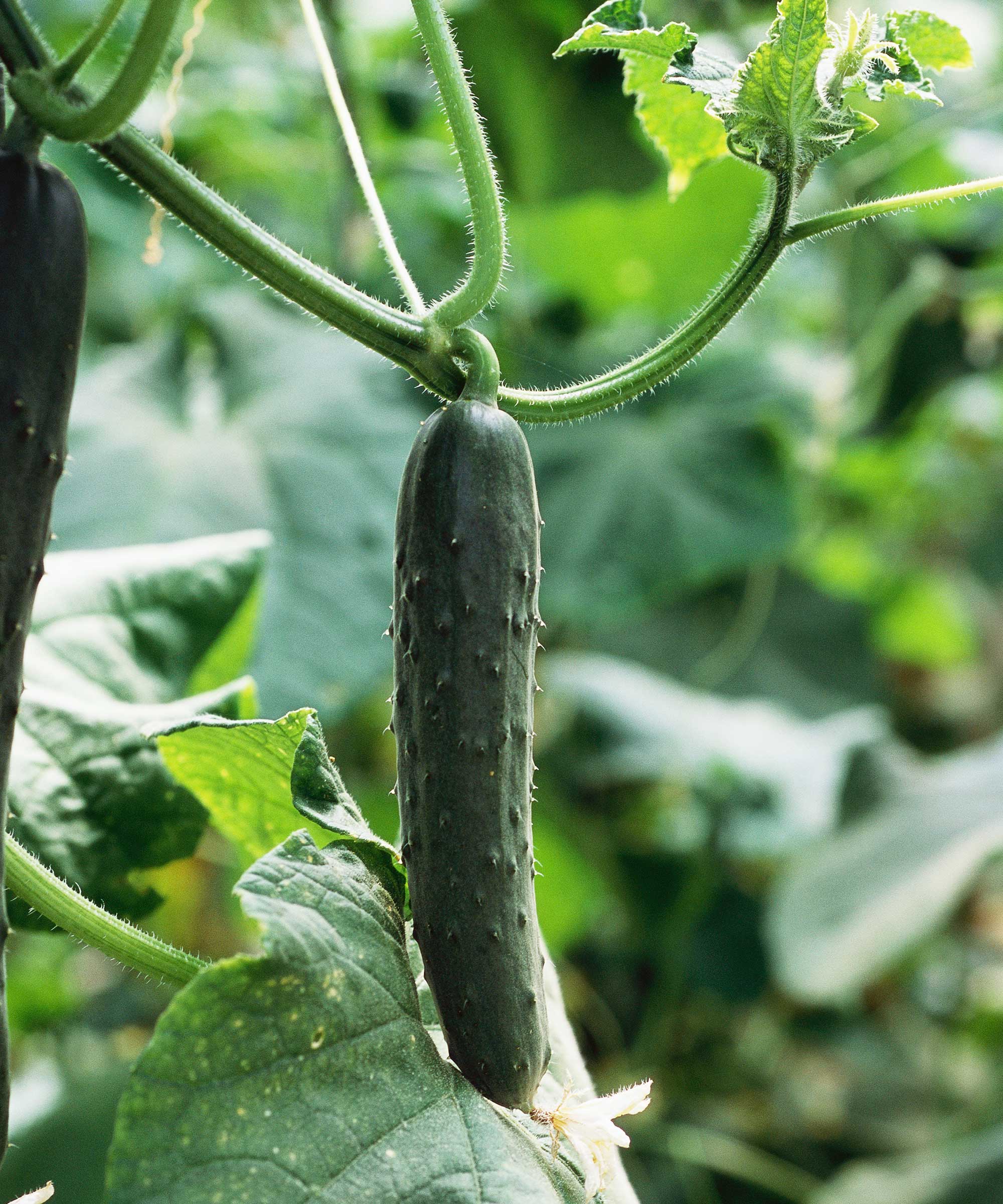
Cucumber seeds can be slow to germinate and need warmth. If you have a heated greenhouse, you can sow earlier in spring, but April can be an ideal time to plant cucumber seeds in an unheated greenhouse or cold frame.
Sow seeds individually on their edge into pots or large modules filled with a quality seed compost. Cucumbers require a minimum temperature of 68°F to germinate, and seedlings should appear within a couple of weeks in ideal conditions.
Young cucumber plants can go outdoors after the frosts have ended and once plants reach at least four inches in height. Cucumbers can be temperamental when transplanted, so planting the seeds into biodegradable pots, available at Amazon, can reduce root disturbance.
Discover the range of cucumber seeds at Amazon
Discover the range of cucumber seeds at Walmart
Discover the range of cucumber seeds at Burpee
Discover the range of cucumber seeds at True Leaf Market
5. Potatoes
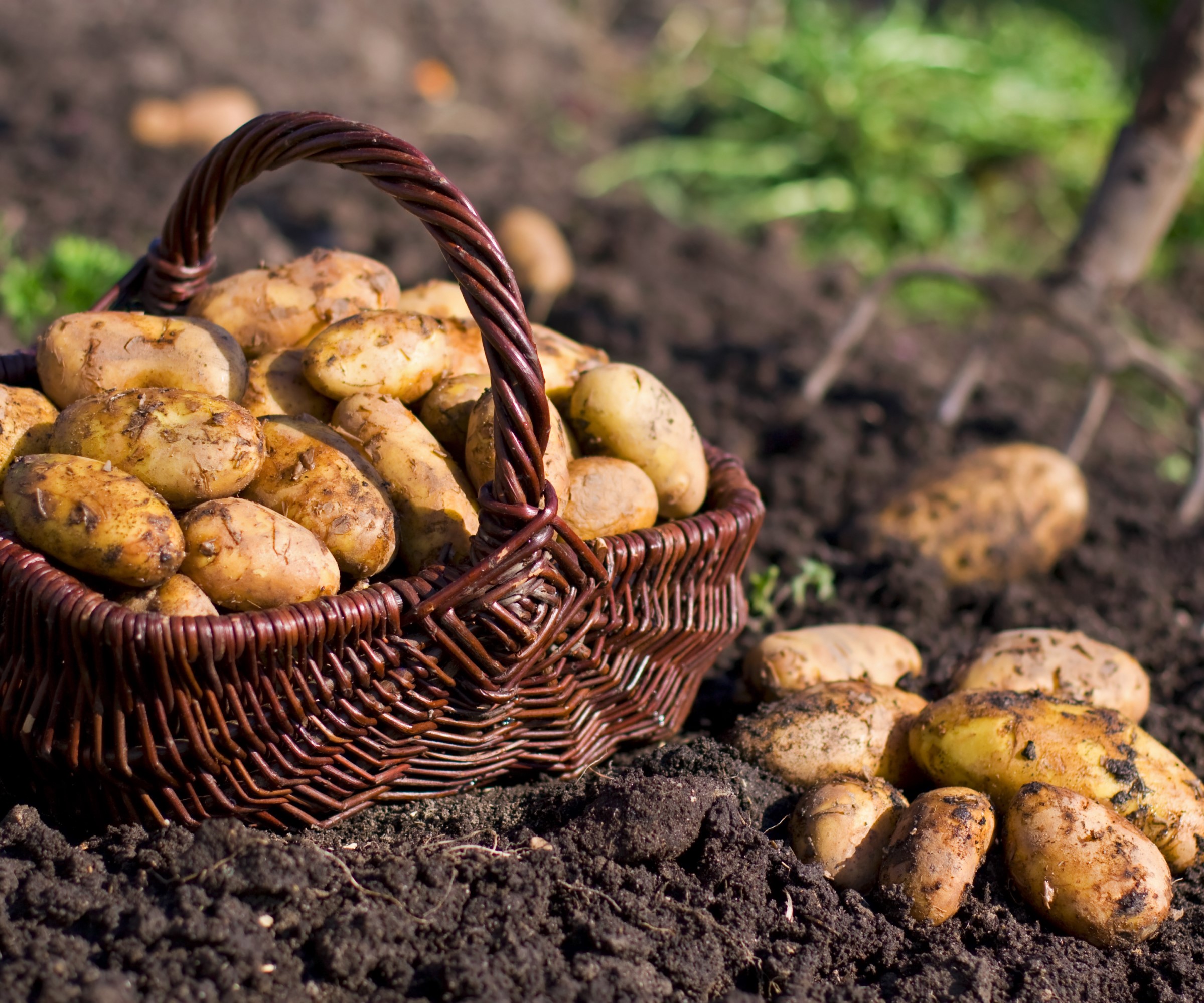
Early and maincrop types of potatoes can both be planted this month. First early and second early potatoes can be planted at the start of April, with maincrop varieties following towards the end of the month.
Providing the ground is warm (at least 45°F for a few consecutive days) and workable at the start of spring, you can plant potatoes into individual holes or trenches. Plant them six inches deep, spaced 12 inches apart for earlies and 16 inches apart for maincrop potatoes.
If the ground is cold or waterlogged, or if heavy frosts are forecast, delay planting until the conditions improve.
If you have a smaller space, don’t let that stop you from growing potatoes. You can grow potatoes in a container or a grow bag on a deck, patio, or balcony.
6. Pumpkin
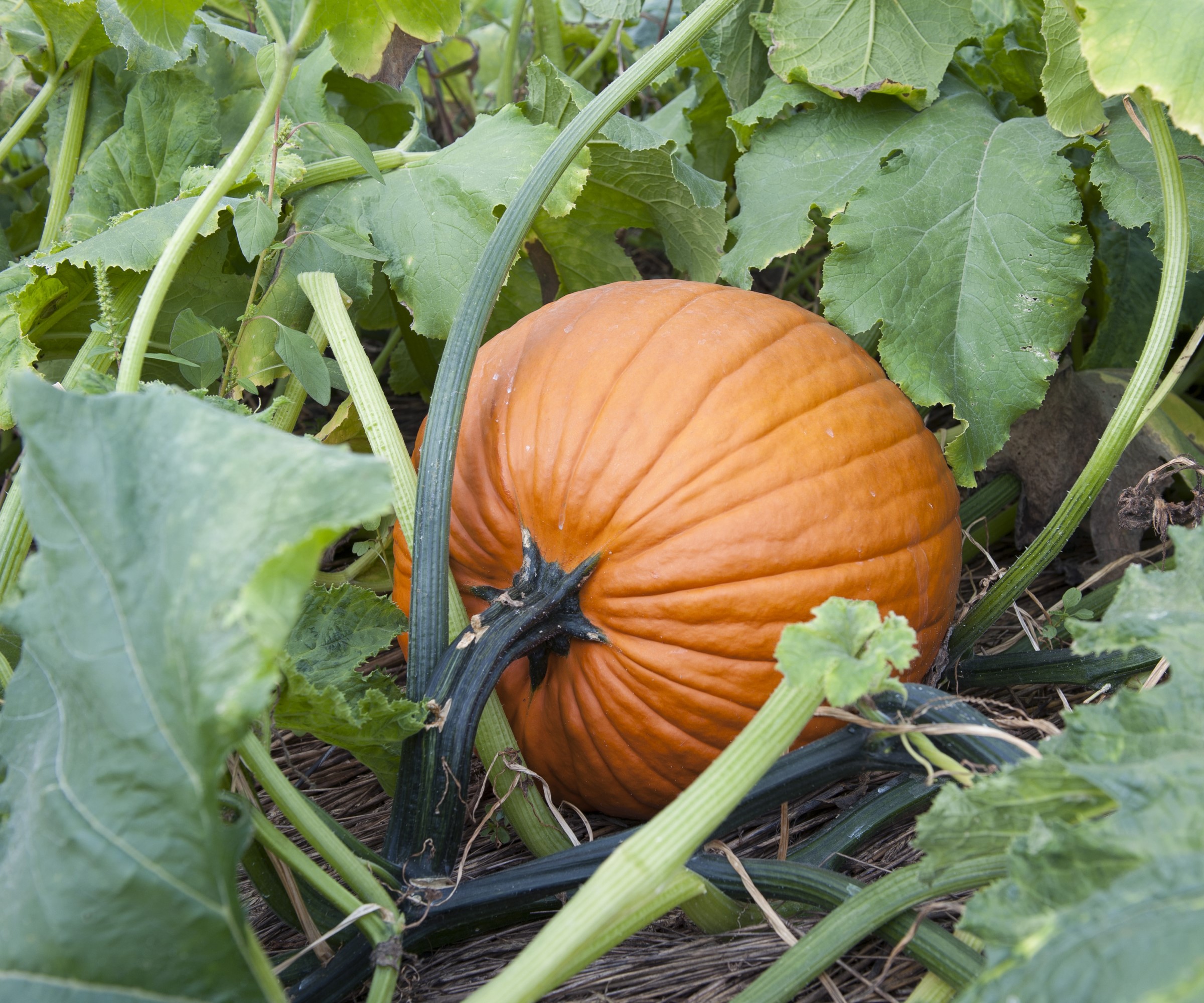
Growing pumpkins is always satisfying, whether you want to amaze others with a giant pumpkin or cultivate a more traditional pumpkin for carving or cooking. Seeds can be sown outdoors after the frosts, but I tend to start the vegetable seeds indoors in April.
Plant pumpkin seeds an inch deep into large modules or small pots filled with good quality potting soil designed to start seeds. They want temperatures of 65–70°F and to be kept moist, but not waterlogged, for optimal germination.
Pumpkins can be planted outside in a sunny position once the temperatures warm in spring. As well as pumpkins, you can grow squash by starting seeds indoors in the same way this month.
7. Zucchini
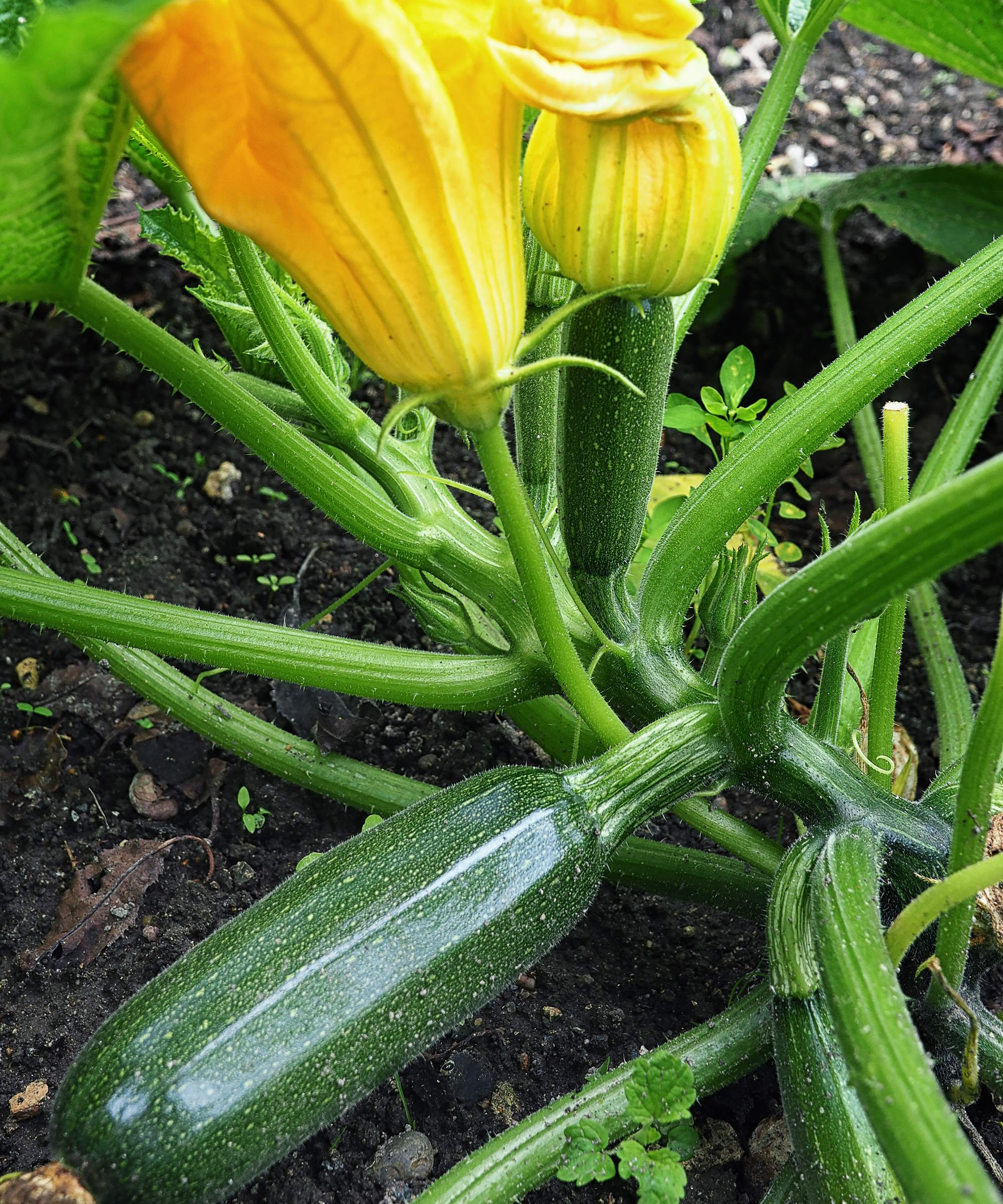
One of the most productive crops you can plant is zucchini - you are likely to be inundated with fruits. I often harvest zucchini to give away to friends, family, and anyone who’ll take them, to prevent them from turning into marrows.
Zucchini are best started indoors in April to plant outside after the frosts. Plant zucchini seeds into large modules or small pots, rather than planting in trays and potting them up, as they can be temperamental to root disturbance. The seeds want temperatures of 65-70°F for good germination.
Zucchini seeds can be planted outdoors if the soil has warmed. However, the germination can be more erratic, and there is a risk of slugs and snails eating seedlings. For more controlled germination, stronger plants, and an earlier harvest of zucchini, I would opt to start them indoors.
Discover the range of zucchini seeds at Amazon
Discover the range of zucchini seeds at Walmart
Discover the range of zucchini seeds at True Leaf Market
If you have room for sowing more seeds on your spring gardening checklist, I recommend planting flower seeds to add vibrant color to any growing space.
There is a good range of flowers to plant in April, including nasturtiums and calendula, which are excellent for companion planting in any vegetable garden.
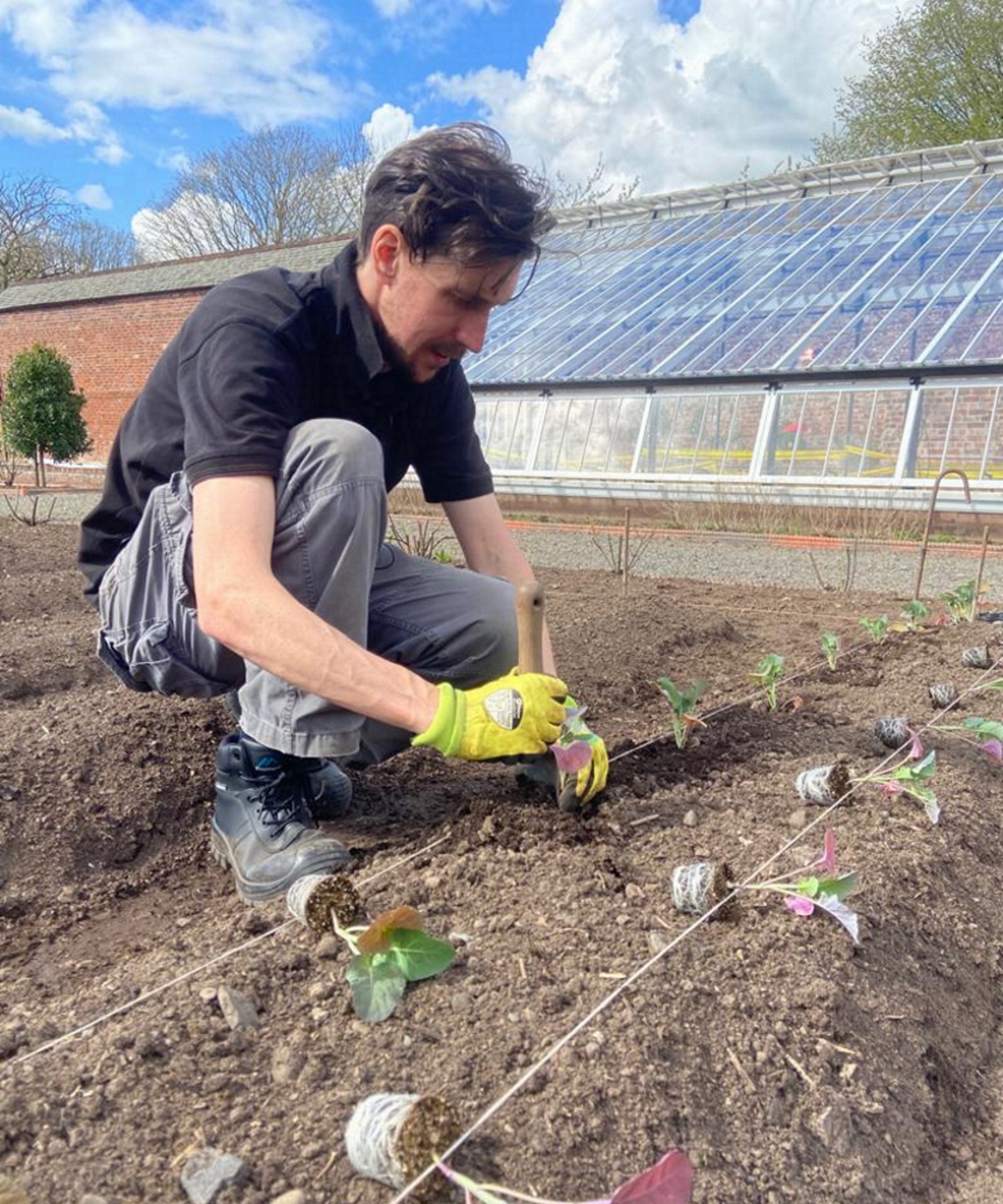
Drew’s passion for gardening started with growing vegetables and salad in raised beds in a small urban terrace garden. He has worked as a professional gardener in historic gardens and specialises in growing vegetables, fruit, herbs, and cut flowers as a kitchen gardener. That passion for growing extends to being an allotmenteer, garden blogger, and producing how-to gardening guides for websites. Drew was shortlisted for the New Talent of the Year award at the 2023 Garden Media Guild Awards.
You must confirm your public display name before commenting
Please logout and then login again, you will then be prompted to enter your display name.

